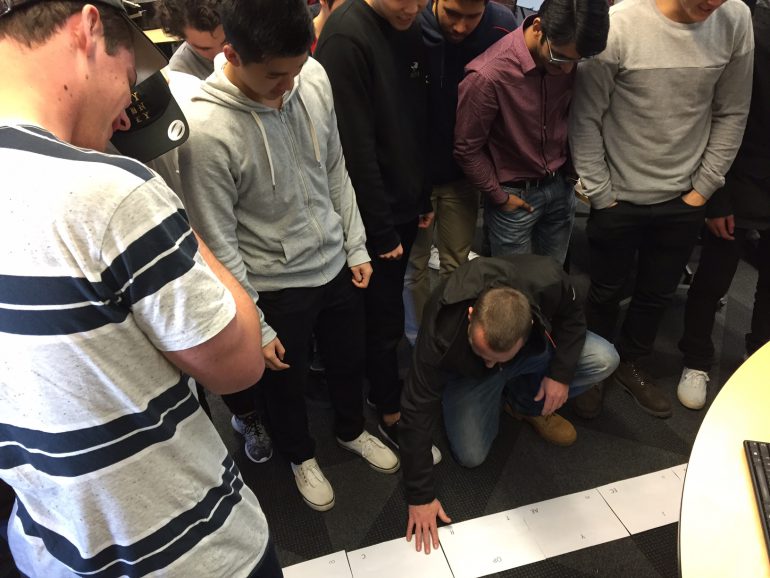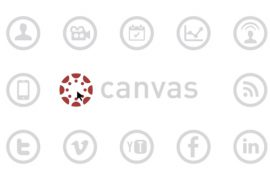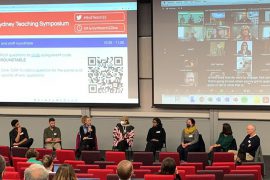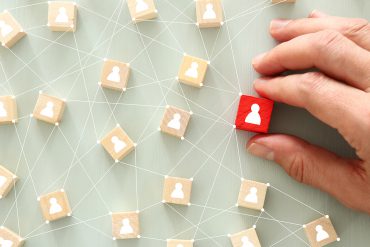By Roman Eymont, with Dr Ehssan Sakhaee
The cultural competence student ambassador role that I undertook in conjunction with Dr Ehssan Sakhaee in 2016 was an eye opening experience. Upon starting our project, we brainstormed a number of ways that we could achieve our final goal of helping the 91 students undertaking ENGG2852 to become more culturally competent. We decided to implement two new activities within the weekly tutorial sessions.
Trivia quizzes
The first activity was run in week three. A survey was conducted in week two in which a variety of questions such as; ‘what was your first language?’, ‘what is your favourite sport?’ and ‘where were you born?’ were filled out anonymously by students in order to obtain responses and data for the activity being implemented. A trivia based game was created using students’ responses. A sample question from the trivia included ‘what is the Japanese word for empty orchestra?’ (the answer being karaoke). The concept behind the quiz was to create questions specific for certain members of the class, and unless other students had an extensive knowledge of different cultures or could guess correctly, then the group with the most student diversity would be able to obtain maximum points and end up winning the quiz. Students were asked to form their own groups of 5-6 within the classroom and I conducted the trivia quiz along with the practicing tutor.
Riddles and puzzles
The second activity in week five involved a game where a piece of paper with eight different words (sun, house and plane to name a few) were arranged in a particular order to create a story, and handed to different groups of students. These words were in different languages and each group received a different version of the puzzle. The languages used were obtained from the data students provided as part of the survey at the beginning of the semester, so that in each tutorial, only languages that were spoken by those students in the tutorials were used. Another sheet full of images associated with these words was also given to students. The students then needed to cut out these images and glue them on the correct word on the sheet. The idea was for students to form their own culturally diverse group in order to try and have enough members who spoke more languages to solve the puzzle. After this, there was a riddle shown on screen where all the students in the class had to collaborate together and find words on the back of their sheet to find the answer to the riddle which required combining individual group answers to find the final complete story.
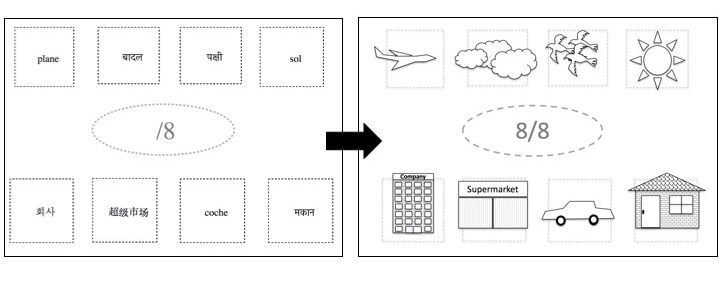
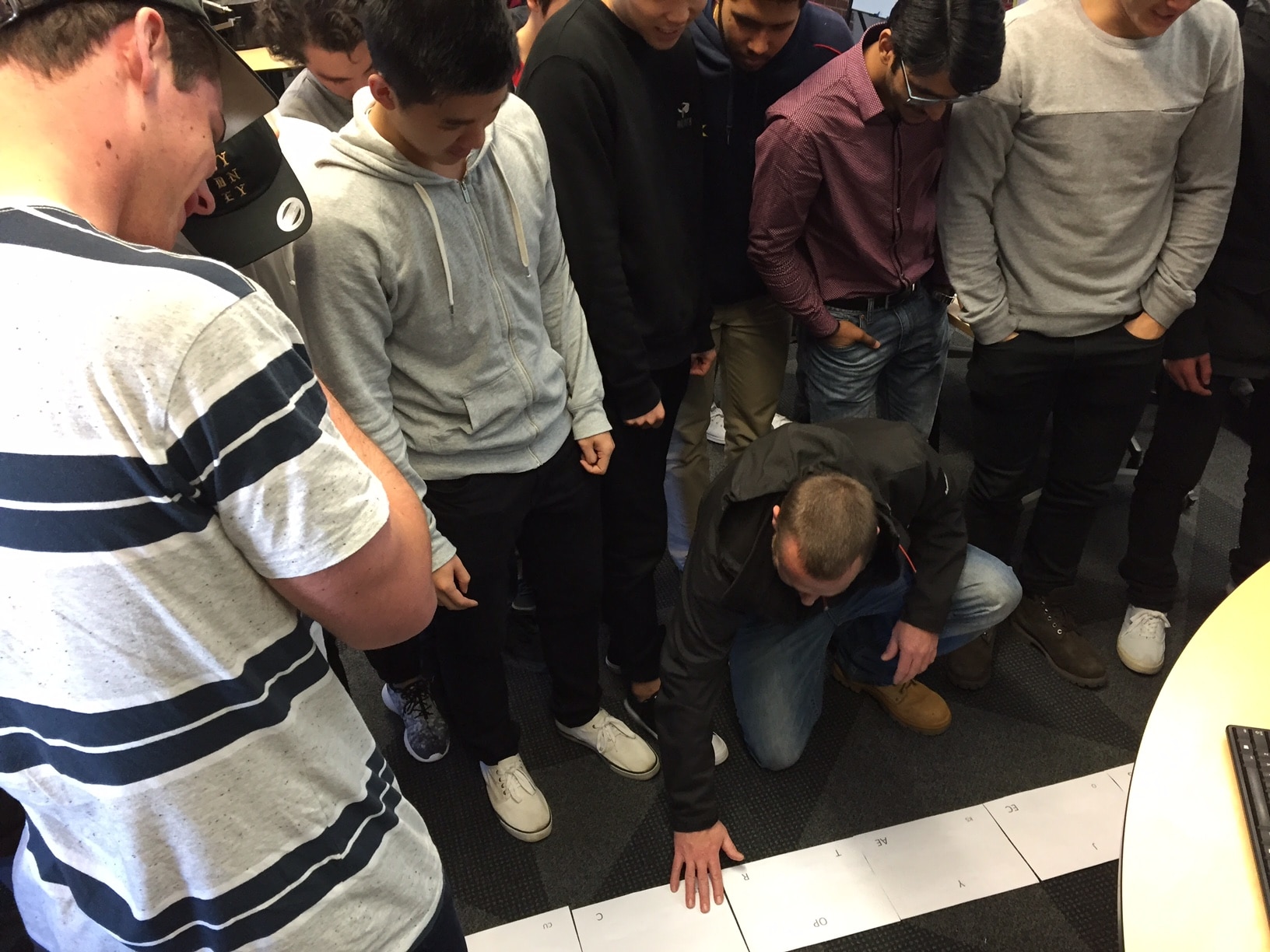
Outcomes for students
Students were then asked to go onto Blackboard and fill in a short question specific to each week’s tutorial. For the week three and five tutorials the question was ‘please briefly describe in around 200 words your learnings and reflections for this week’s lecture and tutorial’. Feedback from students was positive, and included the following:
The group activities showed us that diverse groups tend to overall perform better due to large amount of knowledge in different areas. I thought that it was a great exercise and hope that there will be more like it.
Playing trivia was lots of fun, and I happened to be in a very diverse group of not only obvious diversities of gender and race, but diversities of personality and interests. This allowed us to work together very well and allowed all members of our group to contribute and answer questions, resulting in our team winning the game!
Today we learnt the necessity of understanding diverse cultures and how this can lead to stronger teams.
The second problem emphasised team problem solving whilst promoting strength in diversity. Effective teamwork is key for project success.
Our future plans for the unit include providing more opportunities for students to understand and practice cultural competence. For further information, please contact Ehssan ([email protected]) or Roman ([email protected]).

